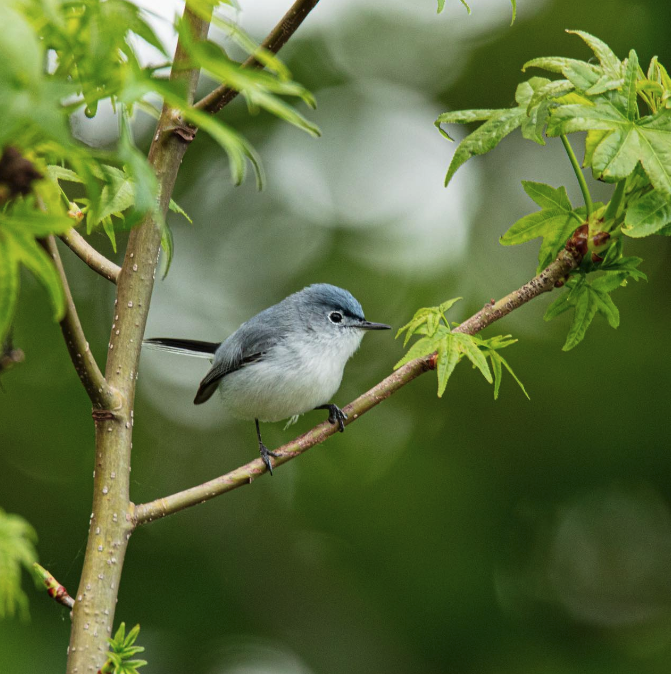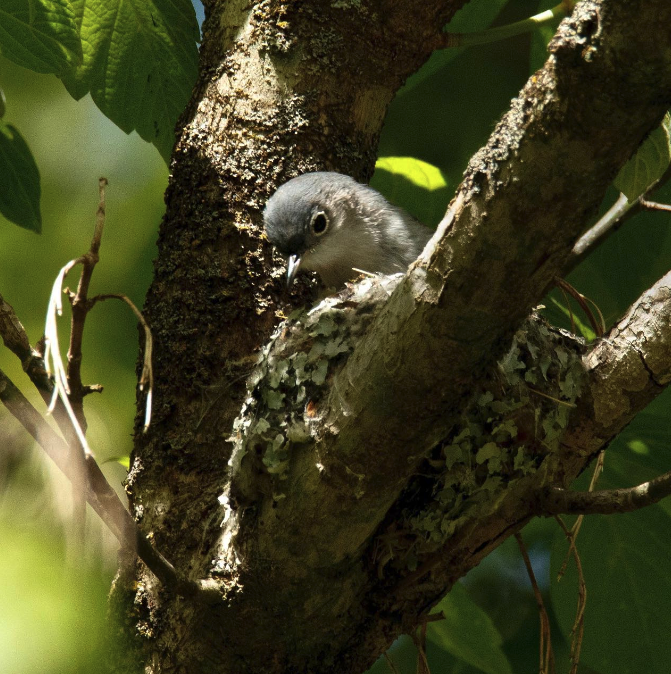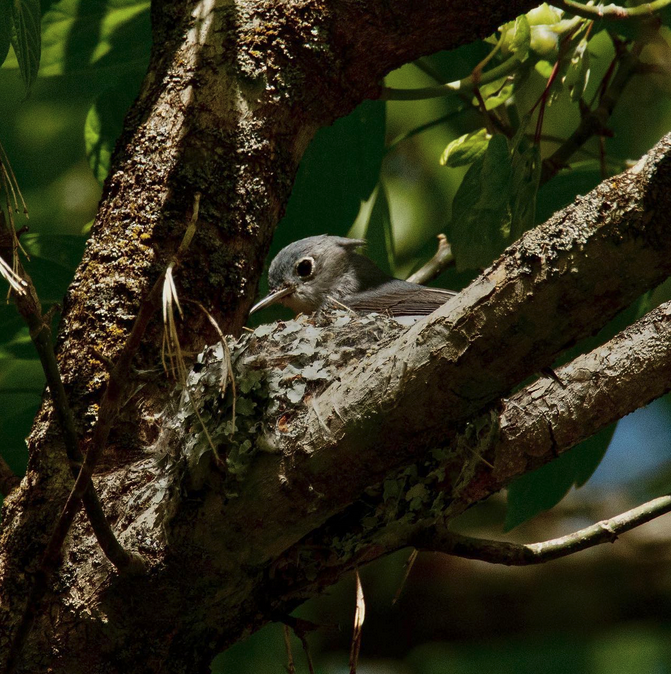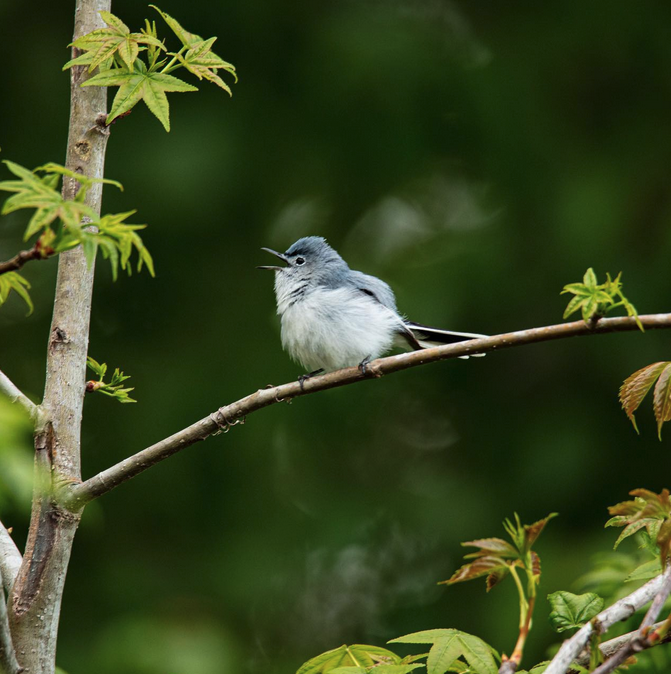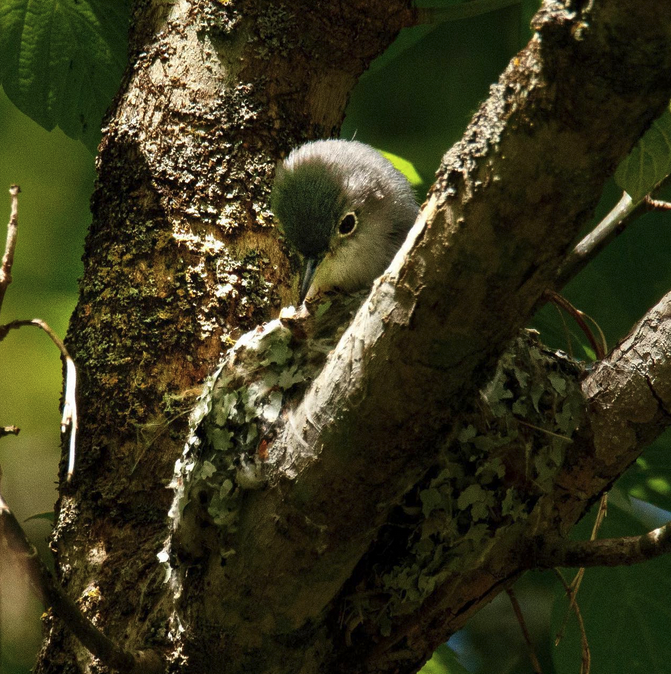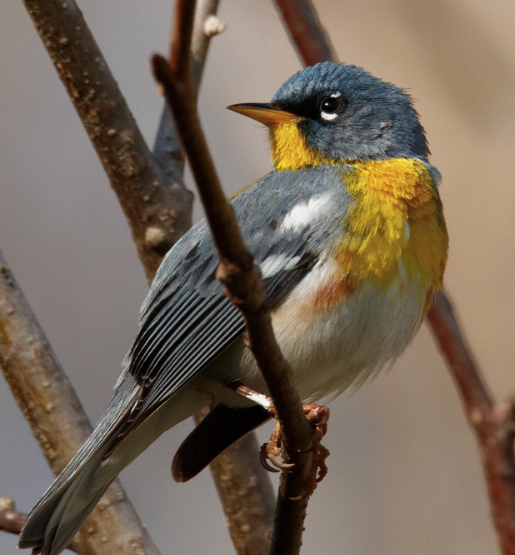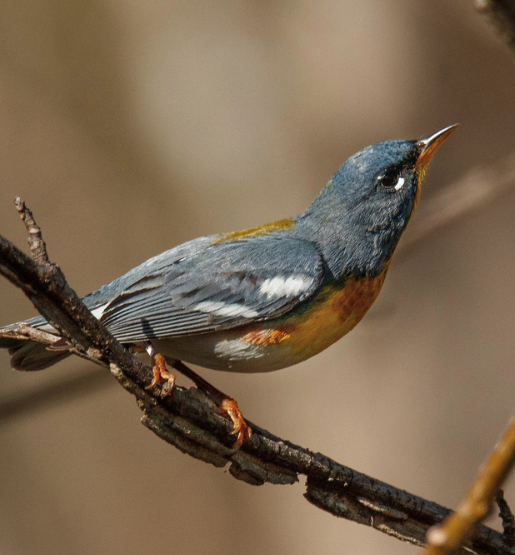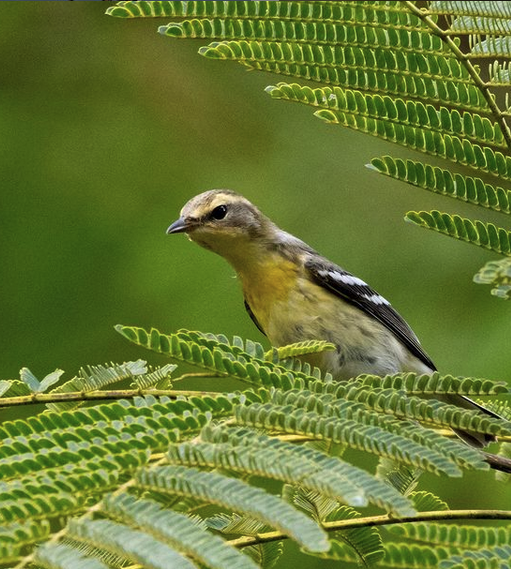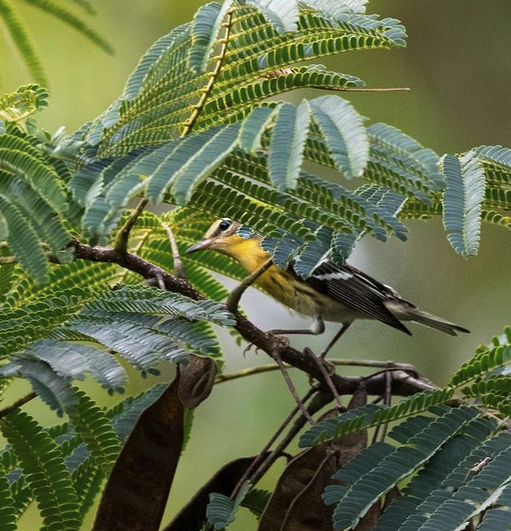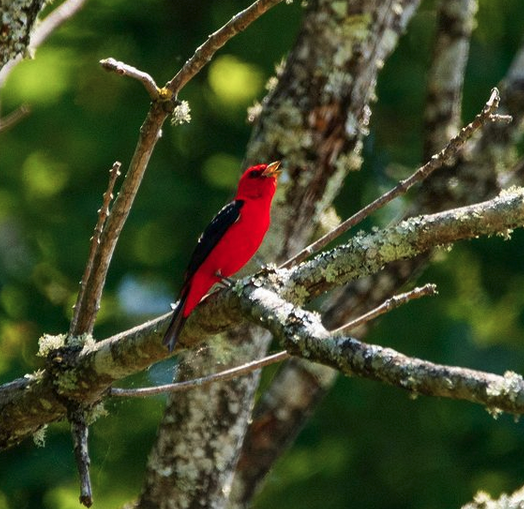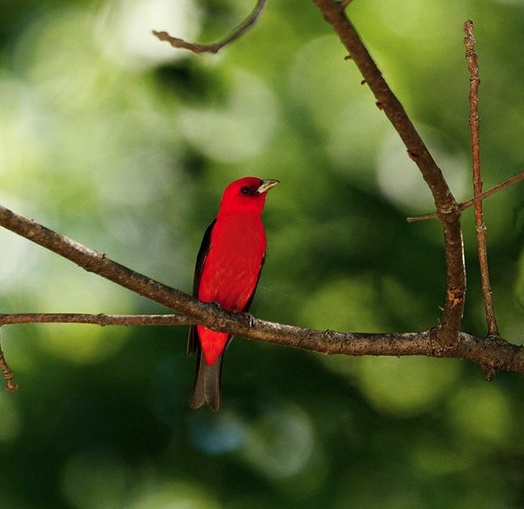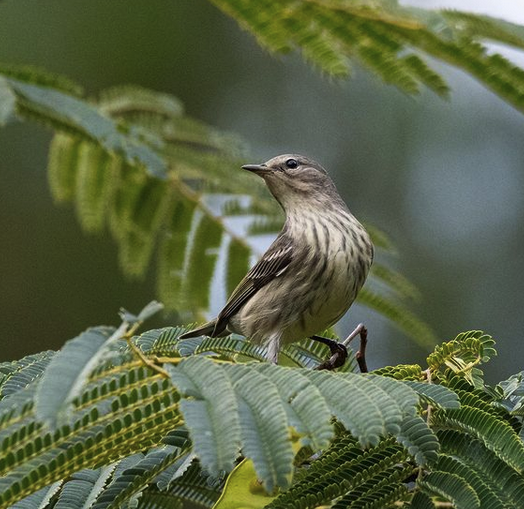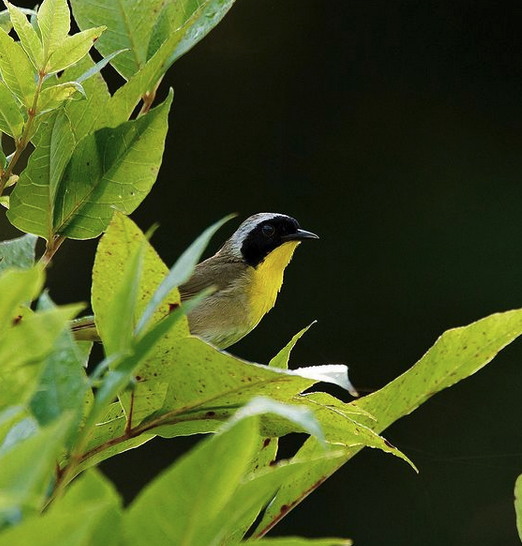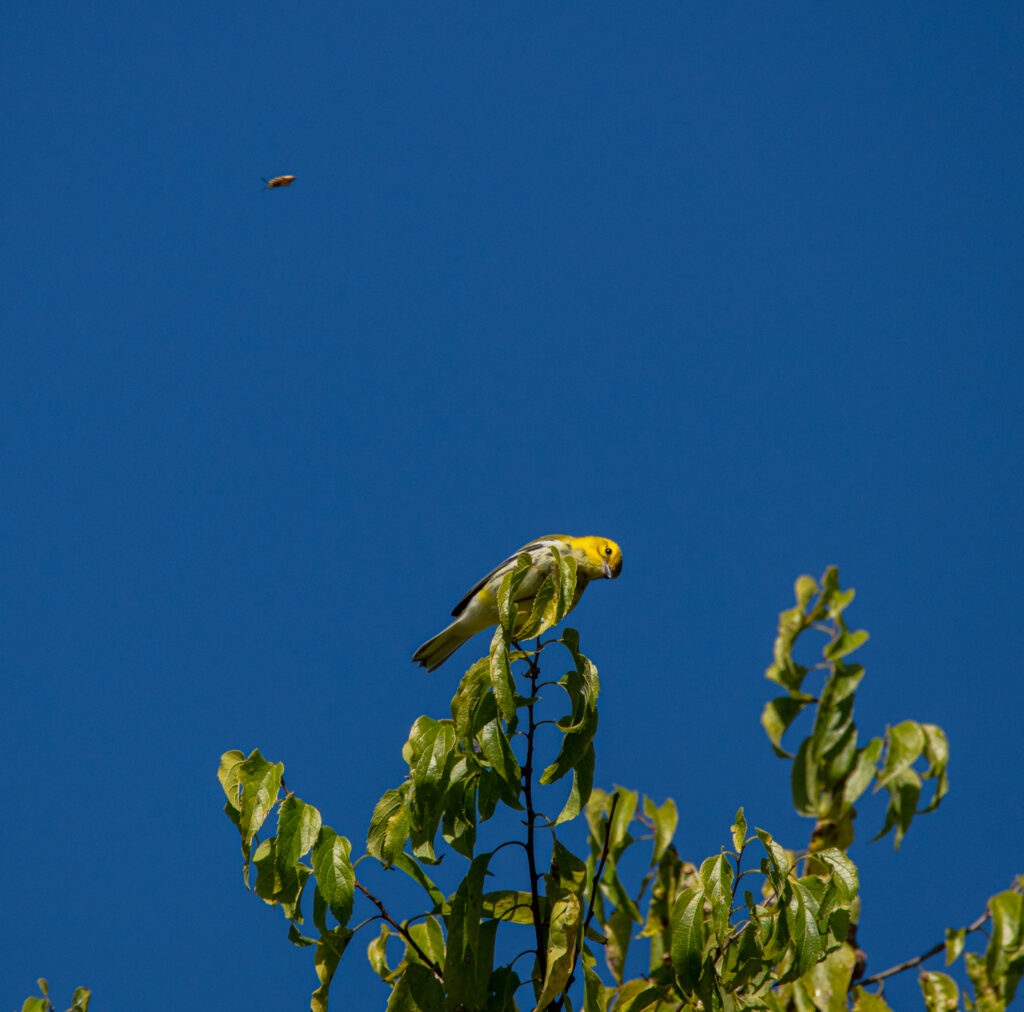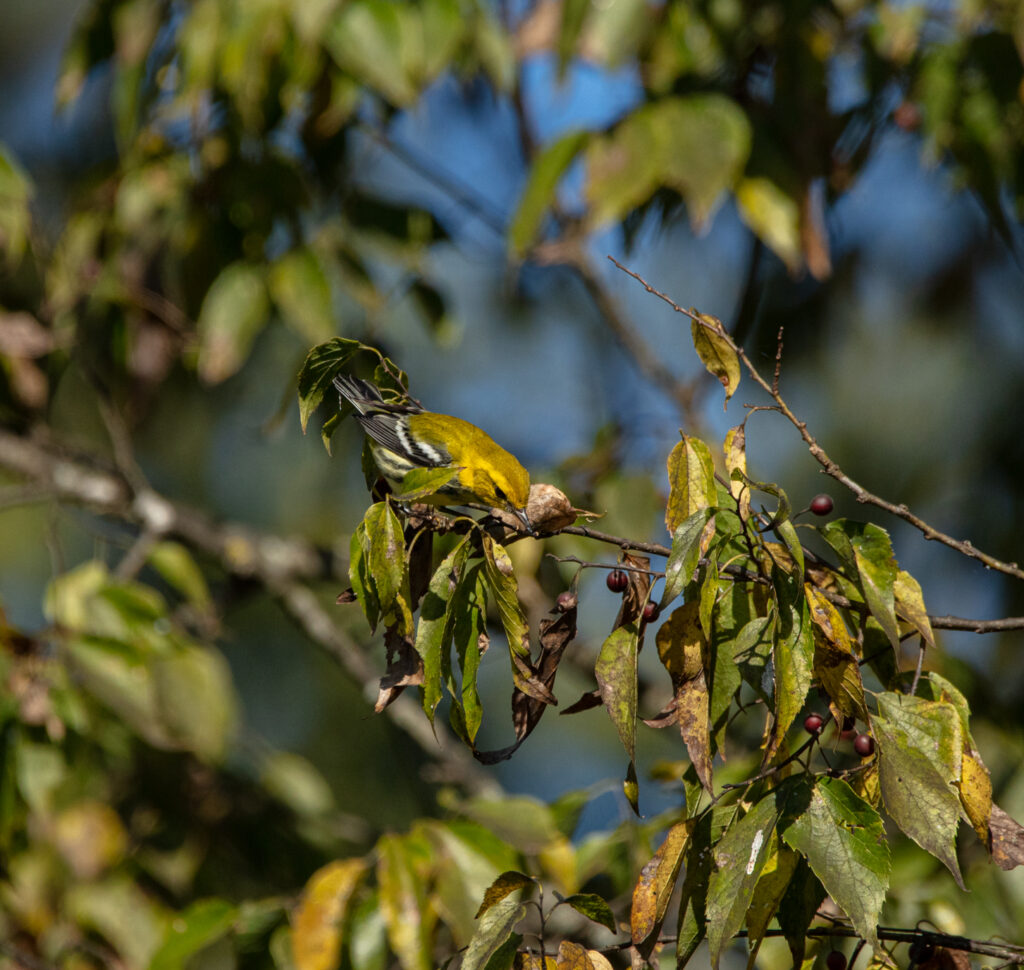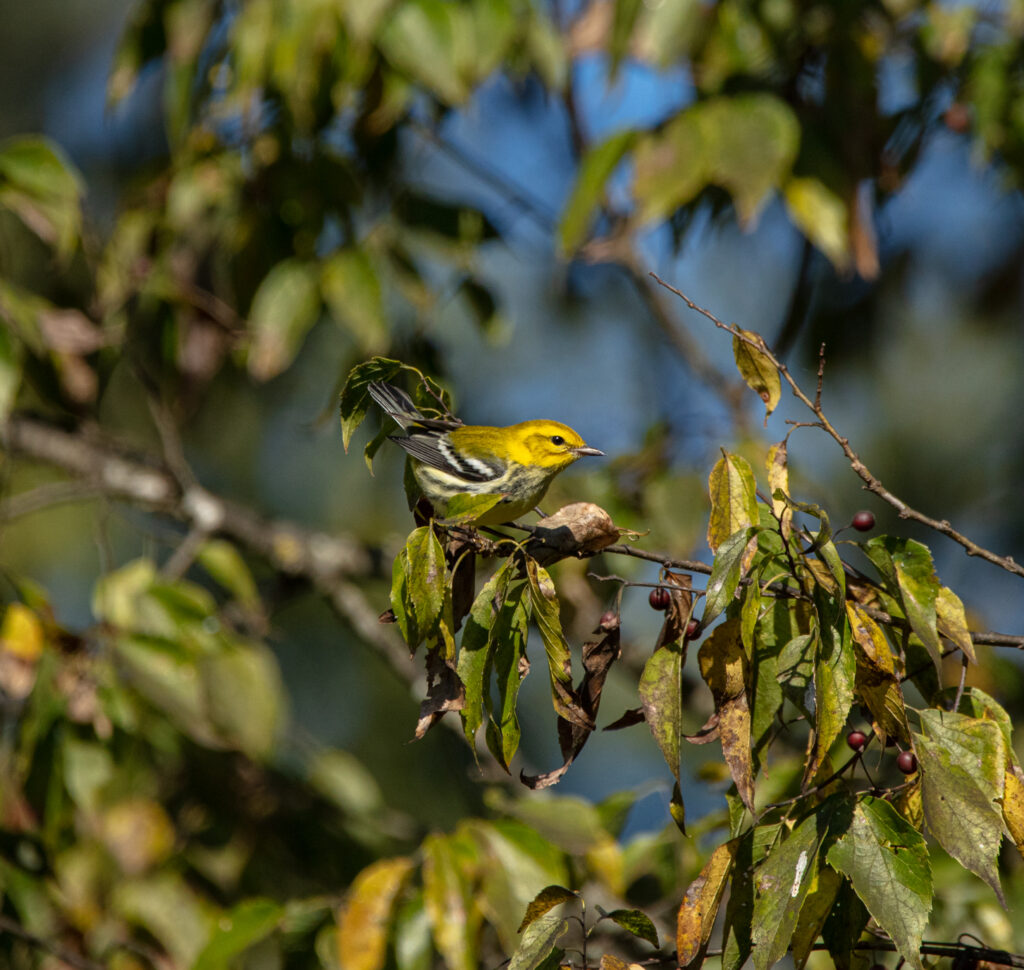By: Sally Siko
Green leaves are sprouting out on all of the trees, it’s really starting to look like springtime here in central NC.
The treetop canopies are becoming dense now bringing the arrival of hatching insects which are closely followed by flocks of migrating Warblers such as these beautiful American Redstarts.

With that bold black and bright orange plumage and their loud calls echoing through the woods, male Redstarts are impossible birds to ignore when hiking along a trail.
*Not that I’ve ever thought of ignoring them lol!
These birds are freak’n gorgeous and although they’re relatively easy to find, I’ve spent many hours trying to catch a proper photograph of one for years but with no luck.
Happily I finally came close with these shots which I took while birding in Bynum NC last week.
One of the nice things about this species of warbler is that when flocks of them move into the area, they’re relatively easy to find and photograph.
This is because Redstarts tend to hunt for food in the mid to lower understory of open deciduous woodlands, forest edges, near roadside trees, in open areas like orchards, shrubby edges of streams and ponds, brushy edges of sunny pastures, and suburban parks.
Or to put it another way, unlike many other species of warblers you won’t break your neck or hurt your eyes by searching for them high up in the trees of a dark forest lol!



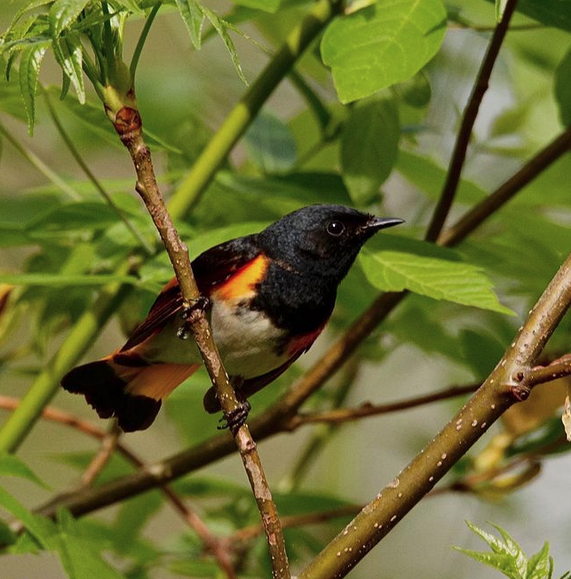

The American Redstart is a somewhat unusual bird in that they’re both a breeding resident and transient migratory visitor to North Carolina with populations fluctuating wildly in different regions throughout the year.
They are known to nest in both the mountains in the western part of the state and along a narrow north/NE to south/SW strip in several of the counties in central NC which is kinda odd.
Generally though your best bet in finding them is from late April through mid May (aka. like right now!) and then again from September through early October during migration periods.
Get out there and enjoy them!
Photos by @sally_siko of @bestlife_birding on my beloved full frame 50MP beast, the mighty @canonusa #5Ds

